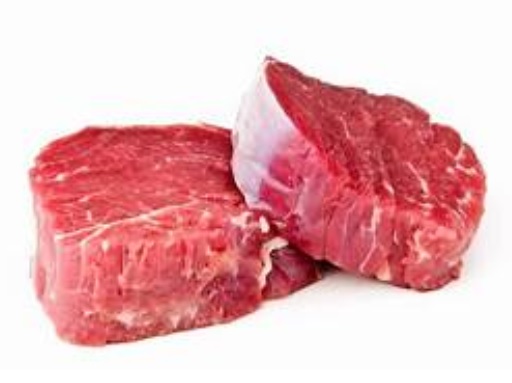Christmas eve is a beehive of activities
Today being the Christmas eve, I visited the popular Ndonyo slaughter houses with a two-fold objective. First objective, was to get a feel on what Christmas is like for those who are not traveling upcountry and secondly, to purchase a kilo or two of beef for grilling or what is commonly referred to as ‘Nyama Choma.’ This is a great delicacy especially during Christmas and other festive seasons.
All over the world, Christians are celebrating the birth of Jesus Christ, the Son of God, according to christian beliefs and practices.
I was expecting that I will see one huge building which looks like a warehouse with an inscription “NDONYO SLAUGHTER HOUSE” I was wrong on this one.
From my observation, there were were two main slaughter houses in the area and none bore the name “Ndonyo” in its name.
In summary, the place was a sight to behold. We diverted off Kikuyu road at Senta (I hope I’ve spelt it correctly).
On arrival at the final matatu stage we were mingled with thousands of pedestrians, traders, motorcycles and various types of vehicles entering or leaving the slaughter house area. People were walking on a single file on each side of the road due to the narrow streets.
Soon after a struggle we arrived at one of the butcheries located across the road from the slaughter house’s main gate. Here I saw numerous people in white dust coats which in Swahili are referred to as “Kabuti“. It seemed to me that people in the settlement around the slaughter houses are in the business of trading in beef and goat meat either directly or indirectly.
Those who do not trade directly on meat or other related products were operating hotels, butcheries, selling packaging materials or renting out gum boots and white dust coats which are a pre-requisite in order to enter inside the slaughter house.
I carried my Nikon D3200 camera which has been my constant companion since early 2017. As a content creator, you never know when a story will emerge. However, I’ve to note that I did not use the camera for the intended purpose.
Knife sharpening
As I sat outside Emmanuel Butchery waiting for our turn to be served, I noticed that the business of sharpening knives was big in this area.
Two gentlemen dressed in white dust coats and black gum boots were busy sharpening kitchen knives. There were more than hundred used knives ready to be sharpened.
In front of those two men but next to the road was another hawker selling new knives. These two traders were strategically located close to each other because their business complement each other. Once a customer buys a knife, he or she gets it sharpened immediately for effective use. Knives are the major tools of trade in the beef industry.
Sell of Meat on the roadside
One of the strange observations I made today is that meat is sold on the roadside next to the drainage tunnels but in front of their butcheries. This is a new phenomenon considering that where I come from meat is always sold inside a butchery. I’ve never imagined that meat can be sold in an open air market.
At Ndonyo area, the traders had placed their tables on the roadside and armed with knives and the traditional or mechanical weighing machines, they were ready to sell their meat to the passersby.
Trade in cow and goat hides
In any slaughter house, numerous cow and goat hides are produced. I would see numerous men with wheelbarrows carrying large number of freshly extracted hides. The leather industry should be revived in order to benefit cattle and goat farmers from around the country.
Indians seen at the slaughterhouse
I was surprised to see Indians at the slaughter house considering that cows are sacred animals in the Indian culture.
In India 80.5 percent of the population are Hindus. Hitting a cow in a traffic accident can lead to serious consequences such as getting attacked or your motor vehicle burnt down by the people.
I hope now you understand why I was surprised to see Indians moving towards a slaughter house in Ndonyo. Maybe they were looking for goat meat.
Hindu holy books states that the remedy for eating beef for an Hindu is “to rot in the darkest part of hell for a number of years equivalent to the number of hairs on a cows skin.”
I will again pay a visit to Ndonyo in January to see how business has changed compared to the eve of Christmas season.
I promise that next time I’ll carry a point and shoot camera and grace the pages of this blog with numerous images illustrating my stories.
Thank you for your understanding.
Read More:


